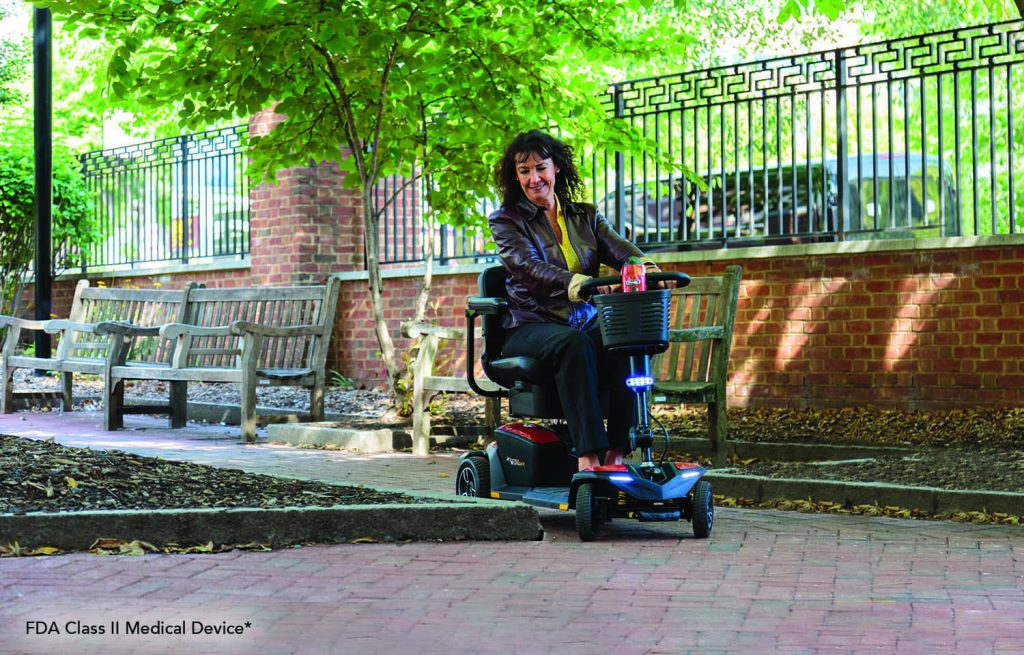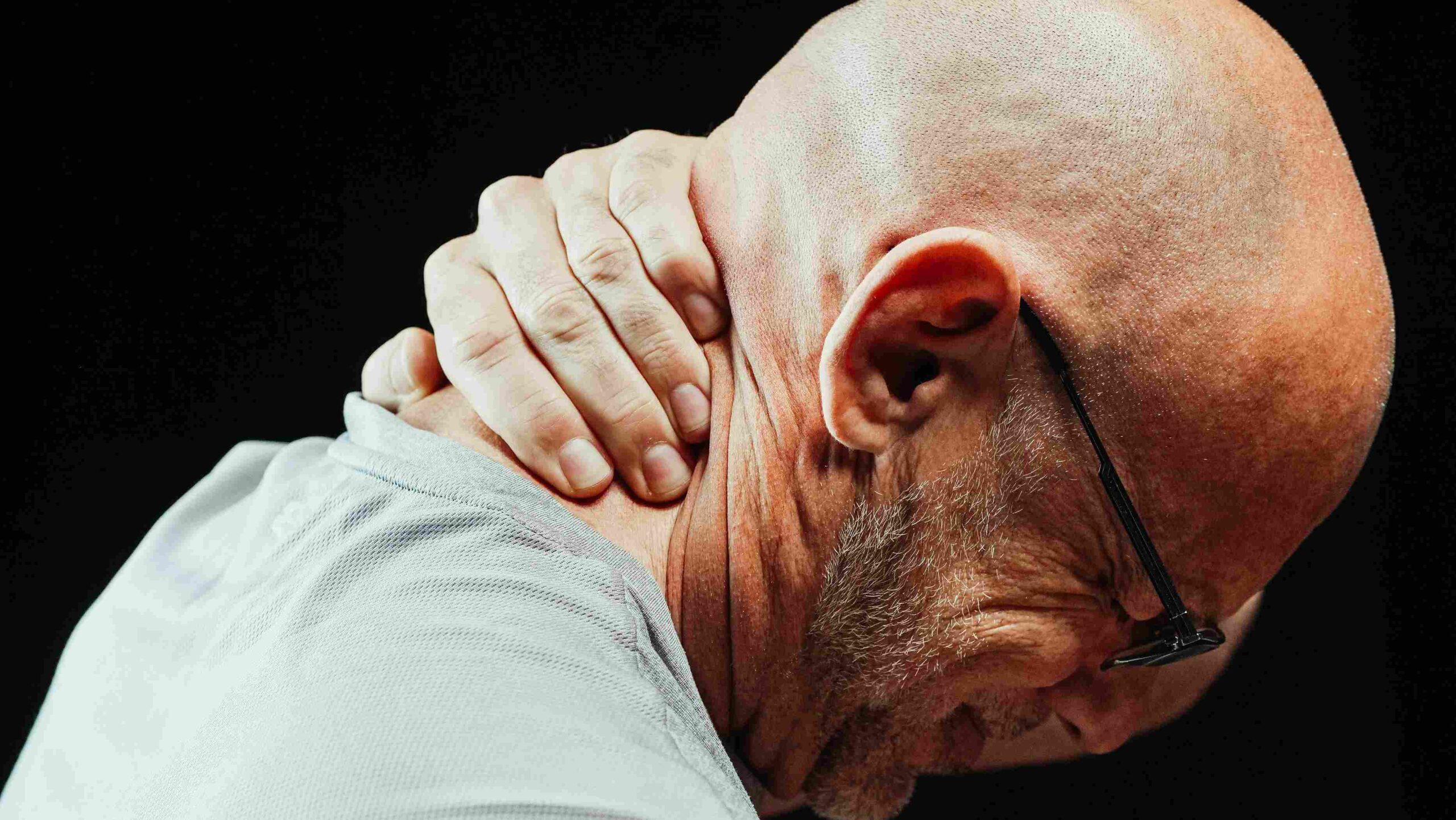For individuals who use Durable Medical Equipment (DME) such as wheelchairs, oxygen concentrators, or prosthetics, getting dressed can sometimes be a challenge. Clothes that were once easy to put on may become cumbersome, while certain designs can interfere with the functionality of your equipment.
As an occupational therapist, I’ve worked with countless clients to adapt their wardrobes for greater ease and comfort. In this guide, I’ll share practical tips and clothing options that can make dressing simpler and more accommodating to your needs.
Why Adapt Your Wardrobe?
Adapting your wardrobe is about more than convenience—it’s about maintaining independence, comfort, and style. A thoughtfully curated wardrobe can:
- Simplify Dressing: Reduce the effort and time required to get dressed.
- Enhance Comfort: Avoid fabric bunching or irritation caused by DME equipment.
- Maintain Functionality: Ensure clothing doesn’t obstruct your equipment.
- Promote Confidence: Stylish, adaptive clothing can boost self-esteem.
1. Choose Clothing with Accessibility Features
Adaptive clothing is specifically designed to accommodate mobility aids and medical equipment.
Features to Look For:
- Velcro Closures: Replace traditional buttons or zippers with Velcro for easy fastening.
- Magnetic Buttons: A stylish alternative to traditional buttons, these allow for quick and effortless closure.
- Open-Back Designs: Ideal for individuals using wheelchairs or who need assistance with dressing.
- Side Openings: Pants with side openings make it easier to dress without standing.
Recommended Brands:
- Silvert’s: Specializes in adaptive clothing for mobility and medical needs.
- IZ Adaptive: Offers stylish options for wheelchair users.
- Tommy Adaptive: Features adaptive designs from the well-known Tommy Hilfiger brand.
2. Opt for Stretchy and Breathable Fabrics
Comfortable fabrics make a significant difference, especially if you’re seated for long periods or wear DME equipment that presses against your skin.
Best Fabrics:
- Cotton Blends: Soft, breathable, and hypoallergenic.
- Spandex/Lycra: Provides stretch for easier movement and dressing.
- Moisture-Wicking Materials: Keeps skin dry and reduces irritation.
What to Avoid:
- Heavy or stiff fabrics that may bunch or cause discomfort.
- Rough materials that can irritate the skin.
3. Modify Your Existing Wardrobe
You don’t always need to buy new clothes—many items can be modified to better suit your needs.
Simple Modifications:
- Elastic Waistbands: Replace traditional waistbands with elastic for easy pull-on wear.
- Cutouts for Tubing: Create discreet openings in shirts or pants to accommodate oxygen tubing or catheters.
- Shortened Hems: Adjust pant lengths to avoid them catching on wheelchair wheels or footrests.
- Zipper Additions: Add side zippers to jackets for easier wear over braces or equipment.
DIY Tips:
-
Use fabric adhesive or iron-on Velcro for quick modifications.
- Seek out a tailor or seamstress experienced in adaptive alterations.
4. Prioritize Layering for Functionality and Comfort
Layering can help you regulate your body temperature while ensuring your DME equipment remains functional.
Layering Tips:
- Base Layers: Choose moisture-wicking fabrics to keep skin dry and prevent chafing.
- Outer Layers: Look for jackets or cardigans with wide armholes or side zippers for easier dressing.
- Ponchos or Capes: Great alternatives to traditional coats for wheelchair users or those with limited mobility.
5. Select Shoes That Accommodate Mobility Aids
For individuals using orthotics, prosthetics, or foot braces, finding the right shoes is crucial.
Features to Look For:
- Wide Toe Boxes: Prevents pressure on toes or foot braces.
- Slip-On Styles: Easier to put on without assistance.
- Adjustable Closures: Velcro straps or elastic laces provide flexibility and a secure fit.
- Non-Slip Soles: Ensure safety when moving or transferring.
Brands to Consider:
- Billy Footwear: Offers zip-up shoes designed for easy access.
- New Balance: Known for wide-fit and supportive options.
- Orthofeet: Specializes in orthopedic and diabetic-friendly shoes.
6. Focus on Wheelchair-Friendly Clothing
If you’re a wheelchair user, specific styles can make sitting more comfortable and functional.
Tips for Wheelchair Users:
- Shorter Back Lengths: Jackets and tops designed for seated wear prevent fabric bunching.
- High-Rise Pants: Stay in place and provide extra coverage while seated.
- Flat Seams: Reduce the risk of skin irritation from prolonged sitting.
- Elastic Ankles: Prevent pants from getting caught in wheelchair components.
7. Adapt Clothing for Oxygen Users
If you use a portable oxygen concentrator or nasal cannula, choose clothing that accommodates your equipment.
Tips for Oxygen Users:
- Turtlenecks with Hidden Tubing Channels: Disguise and secure oxygen tubing.
- Shirts with Pockets: Use to hold small oxygen accessories like pulse oximeters.
- Scarves or Wraps: Stylishly conceal tubing while keeping you warm.
8. Dressing Aids to Simplify Your Routine
Dressing aids can reduce the effort required to put on and take off clothes, particularly for those with limited mobility or dexterity.
Recommended Tools:
- Dressing Sticks: Help pull on shirts or jackets.
- Sock Aids: Simplify putting on socks or compression stockings.
- Zipper Pulls: Make zipping up jackets or pants easier.
- Reachers/Grabbers: Extend your reach for clothing items stored out of arm’s length.
FAQs
1. Can I find adaptive clothing in mainstream stores?
Yes, many brands now offer adaptive clothing lines, such as Tommy Adaptive, Zappos Adaptive, and Target’s adaptive collection.
2. How can I make my existing clothes more accessible?
Simple modifications like adding Velcro closures, elastic waistbands, or side zippers can make traditional clothing more adaptive.
3. Are adaptive clothing items covered by insurance?
While most insurance plans don’t cover clothing, they may cover certain alterations if deemed medically necessary. Check with your provider for details.
4. How do I keep adaptive clothing stylish?
Look for brands that prioritize design and functionality, or work with a tailor to customize your favorite pieces.
5. What’s the best way to manage dressing with limited hand mobility?
Focus on clothes with magnetic closures, Velcro fastenings, or elastic features to reduce the need for fine motor skills.
Conclusion: Dressing for Comfort, Style, and Functionality
Adapting your wardrobe to work with DME equipment doesn’t mean sacrificing comfort or style. With the right clothing choices, modifications, and dressing aids, you can make getting dressed a simpler, more enjoyable experience.
Remember, the goal is to prioritize functionality while maintaining your unique style. Whether through adaptive brands or DIY modifications, you have plenty of options to create a wardrobe that fits your needs and empowers your independence.






